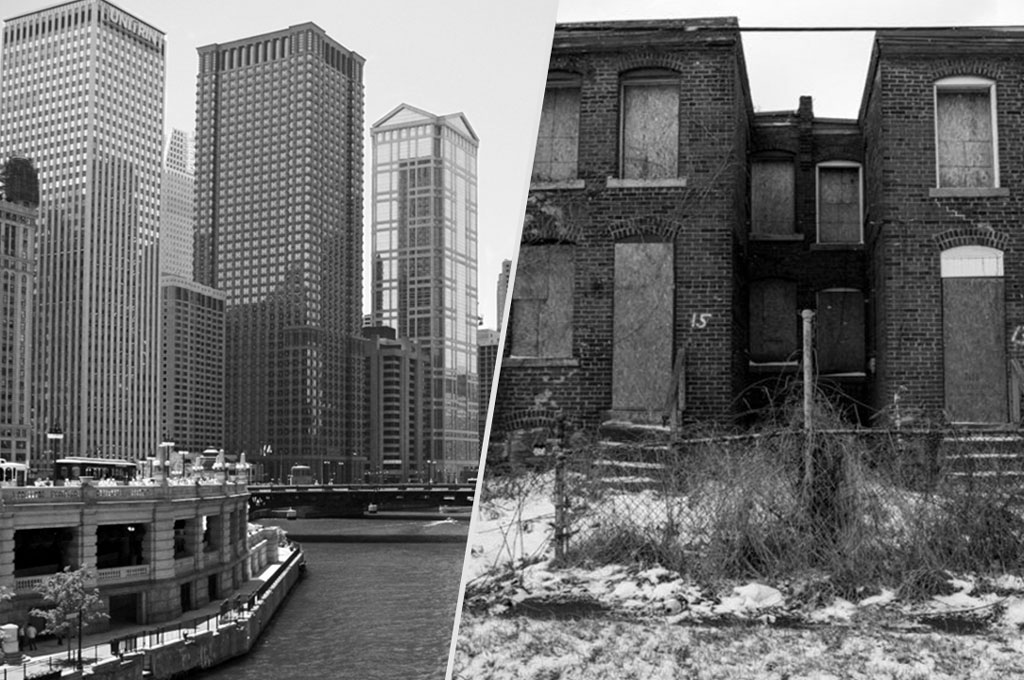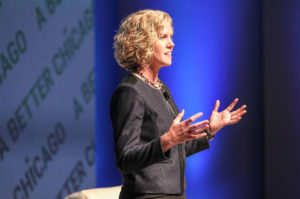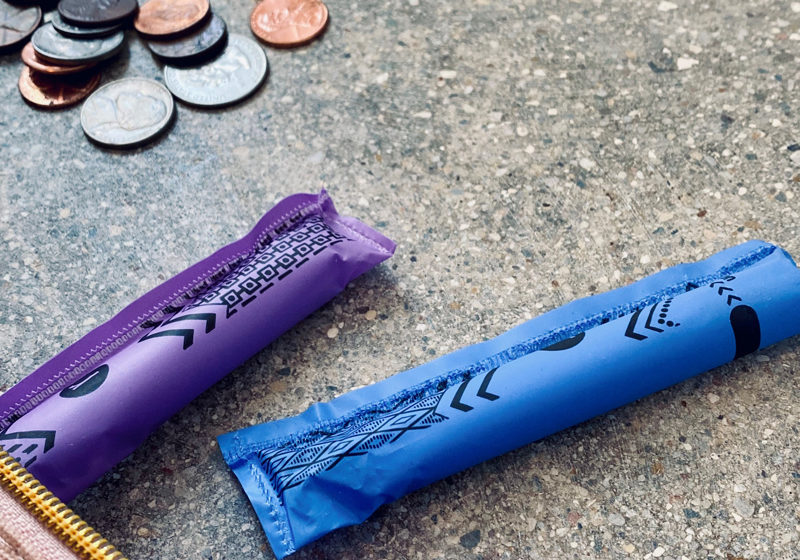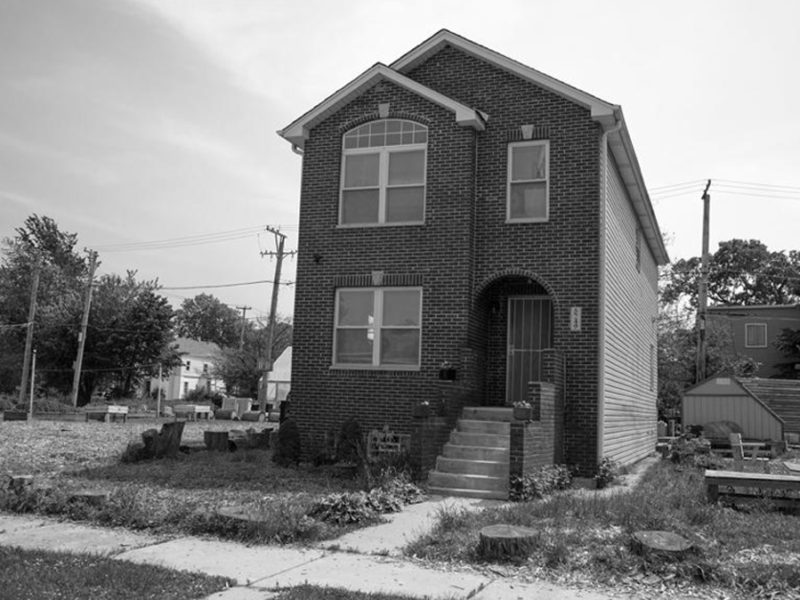
Breaking the Cycle of Poverty with A Better Chicago
It’d be easy to say that Chicago has a poverty problem.
It would be easy to say because it’s true that one in four children in Chicago lives in poverty. It’s further true that only 15 percent of Chicago Public School ninth graders are on track to earn what A Better Chicago calls a “family-sustaining wage”—or an annual household income of nearly $36,000, which is 250 percent above the poverty line.
But to write off Chicago’s confrontation with poverty as simply tackling a “poverty problem” obscures the way violence in Chicago impacts socioeconomic conditions. When we identify poverty as merely a problem, we misunderstand how new collaborations are being forged in response to the challenges socioeconomic disenfranchisement pose to the future of the city.
One of the organizations leading the way in bringing these new collaborations to life is A Better Chicago, an organization that supports nonprofits in the Chicago area that are leading the charge to eliminate poverty in the city while laying the foundation for better connected and more vibrant communities in the process. So, we sat down with A Better Chicago CEO, Beth Swanson, to get a better sense of they utilize a radical model of community empowerment to address the network of factors that perpetuate poverty in Chicago.
Chicago Ideas (CI): How is the problem of poverty unique in Chicago?
Beth Swanson (BS): When we talk about poverty in Chicago, we’re not just throwing around shock-inspiring numbers. Our city is uniquely challenged with breaking down systemic barriers to equity while changing the narrative for communities experiencing a combination of lack of economic opportunity and disproportionate levels of violence.
According to the University of Chicago’s Crime Lab, while significant progress on poverty and violence has been made in comparable cities like New York and Los Angeles, Chicago struggles with making a dent in both issues. While the homicide rates in all three cities were almost the same in the early 1990s, by 2018 New York’s and Los Angeles’ rates had dropped by 90% and 80% respectively, with Chicago dropping by only 10% in nearly 20 years. Because poverty and violence are closely intertwined and lead to a self-reinforcing cycle where concentrated poverty and lack of economic opportunity lead to increased violence, we can’t address one issue without addressing the other.
Additionally, Chicago is one of the most segregated major cities in the country. This segregation creates deep economic and social inequities along racial and geographic lines. It also makes it so that certain communities—mostly Black and Latinx ones—are trapped in a cycle of inter-generational poverty.
CI: What factors make tackling poverty in Chicago more or less difficult than in other cities? What’s something people may not know about poverty in the Windy City?
BS: I think many of us working on poverty alleviation are genuinely hopeful about Chicago’s future. A big reason for that hope is the unique and vast network of stellar organizations and individuals across sectors—from nonprofit to business to research to philanthropy—that are dedicated to making Chicago a more equitable city. The extraordinary progress we’ve seen in Chicago Public Schools over the past 20 years is a perfect example of what’s capable when this network is activated and we collaborate across and within sectors.
While Chicago has a unique set of challenges to address around racial and economic inequality, we are also uniquely equipped to take bold action to change our city for the better. Over the course of my career, I’ve had the chance to work with community, faith, nonprofit, business and policy leaders as we’ve tackled poverty and inequity in Chicago. There is no limit to what we can achieve when we look at our city through a lens of possibility and focus on uplifting the incredible talent in our most underserved communities.

Beth Swanson, CEO, A Better Chicago
CI: How does A Better Chicago address the unique factors of poverty in Chicago?
At A Better Chicago, we’re fighting poverty by leveraging the collective power of Chicagoans who want to make our city more equitable for everyone. As a venture philanthropy, we raise funds through public donations and direct those resources to support low-income communities. We find high-potential, high-impact programs and leaders that are serving young people from cradle to career. Then, we invest both dollars and strategic support that helps them grow and make an even greater impact.
Data has shown that access to quality education and employment opportunities can change the life trajectories of children in poverty. We know that giving kids the support and tools they need to thrive—a great education, achieve a wage that can sustain a family, buy a home, and live in a safe community—can lead to breaking the cycle of poverty for this generation and generations to come.
CI: What makes A Better Chicago’s framework/approach unique—and uniquely effective?
BS: Our model dramatically improves access to opportunity for low-income Chicagoans by harnessing best practices from the business and nonprofit worlds. We do this in four ways:
- We do the homework for our donors and find innovative, impactful programs that are changing the lives of young people from cradle to career.
- By creating true partnerships with the nonprofits we fund, we help them address their most pressing strategic challenges so that they can make an even greater impact and serve communities most in need.
- We believe transparency and data-driven innovation are critical to making nonprofits as effective and efficient as possible. That’s why we work with our grantees to track their results and report our portfolio’s performance to make sure every dollar invested is used to achieve the greatest possible impact.
- Because our board and leadership council cover our administrative expenses, every dollar donated to A Better Chicago is invested directly in Chicago’s best nonprofits.
CI: How can people contribute to A Better Chicago’s mission of eliminating poverty in Chicago?
What’s great about our model is that everyone can make an impact, whether you’re giving $20 or $20,000. We make your dollar go further, so even people who are donating less than $1/day—like our 312 community members—can meaningfully move the needle on poverty in our city. If you want to learn more about how you can get involved, visit our website at abetterchicago.org.




